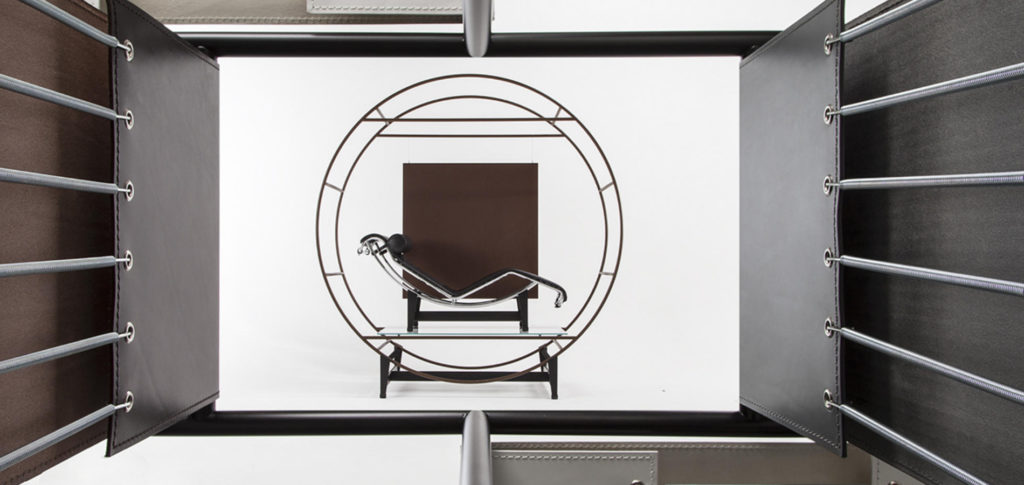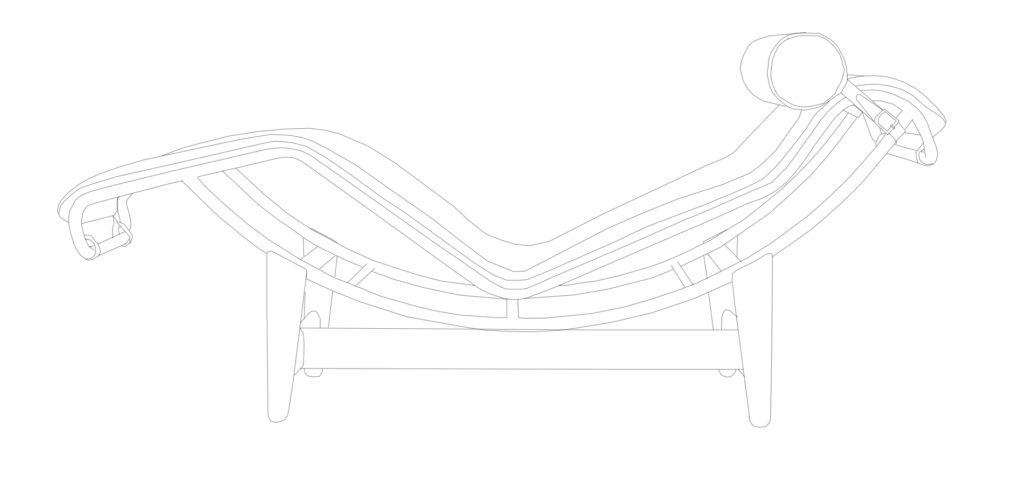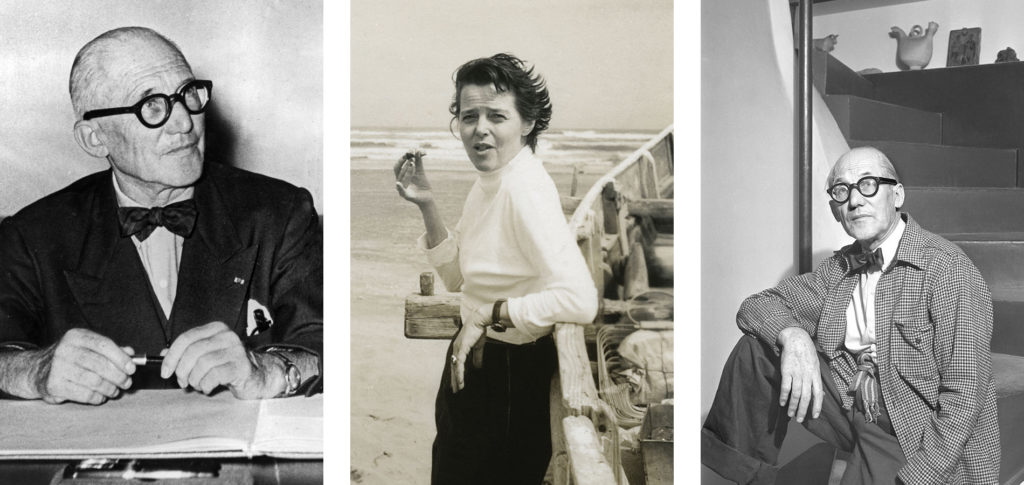Le Corbusier, Charlotte Perriand and Pierre Jeanneret’s LC4 Chaise Longue is an iconic piece of furniture. As comfortable as it is refined, once you take a seat on the LC4 you’ll agree it’s earned its nickname ‘relaxation machine’. Today, Cassina crafts the chair and the Italian design house is credited with bringing it to the public’s attention in 1965.
Read on to discover everything you need to know about the LC4 Chaise and three of the brains behind it.
BEHIND THE DESIGN
The LC4 Chaise Longue made its debut at Paris’ Salon d’Automne in 1929, a year after it was designed. It was initially created for an American couple’s villa in the Ville d’Avray and drew inspiration from Thonet style furniture. In fact, the first prototypes were supported by the French branch of Thonet.

The first set of prototypes were created by manufacturers Hour and Labadie at Labadie’s blacksmith’s atelier. The design was ground-breaking because of its tubular-steel elements. Prior to the experimentation with tubular steel that was rife in the 1920s, tubular steel has been relegated to bistros and hospitals. Having created successful prototypes, a lack of demand for futuristic design and high production costs temporarily halted dreams of mass production. The 1929 version that premiered at the Salon d’Automne was created by Thonet Frères and marked the beginning of wider production.
Over the following years, both Thonet and Le Corbusier granted licenses to other design houses, allowing them to recreate the chaise. This led to lots of confusion, uncertainty and many unauthorized reproductions.
Despite the widespread distribution of licenses, the LC4 Chaise only had significant success in France. It wasn’t until Cassina began crafting it that it really became popular. Unlike when it was first designed, Cassina now holds the exclusive worldwide license from the Le Corbusier Foundation. Over the years the LC4 inspired many designs and copies, but Cassina’s authentic edition remains the most well-crafted and coveted.

“While our chair designs were directly related to the position of the human body… they were also determined by the requirements of architecture, setting, and prestige”
Charlotte Perriand
HOW IT’S MADE
The main concept behind the LC4 Chaise was to place the user at the centre of its design. As such, the chair’s design is based around comfort with form and function taking centre stage. Its sweeping, curved silhouette supports the back and raises the legs to provide optimal relaxation at any angle of inclination.
Every element of the chair’s design is meticulously chosen for the highest possible levels of comfort. It consists of two main components: a stationary base and an upper frame that glides back and forth to find the perfect position. This modern take on a traditional rocking chair boasts a tubular steel frame supported by two, semi-circular pipes. The pipes glide freely across the base to adjust the chair’s inclination angle. Elastic straps span between the pipes to create a comfortable base for the chaise’s leather mattress and leather head bolster.
ABOUT THE DESIGNERS
The LC4 Chaise Longue is commonly attributed solely to Le Corbusier. In reality, Charlotte Perriand and Pierre Jeanneret designed it at Le Corbusier’s request whilst they were working in the Swiss architect’s offices.
In fact, Charlotte Perriand was a major driving force behind the LC4’s creation. She sought out the services of Labadie to manufacture the chair. She also perfected the upholstery and the cushioning and even created the very first prototype in her Parisian atelier. When it came to debuting the design at the Salon d’Automne in Paris, it was Perriand who convinced Thonet Frères to invest in it.

Interestingly, Charlotte Perriand initially applied for a job at Le Corbusier’s studio but found herself rejected. That is, until Pierre Jeanneret saw her work. As Le Corbusier’s cousin, Jeanneret was able to convince the architect to offer her an interior designer position at his studio.
The trio’s collaboration began in 1927 and lasted for ten years, over which they created many now-iconic designs. The highly significant collaboration led to considerable commercial success and inspired future generations of designers.
